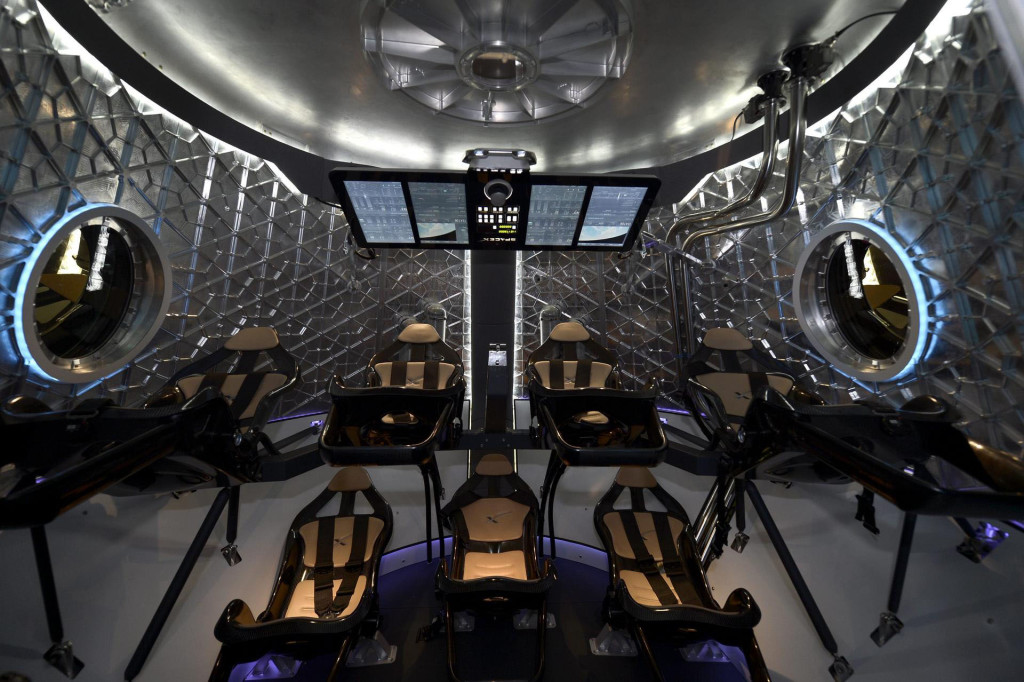SpaceX Dragon V2, the first spatial taxi

Source: SpaceX
Presented in Los Angeles (California), what is called “the capsule of the 21st century”: Dragon V2. It is a spacecraft capable of carrying up to 7 astronauts with a high degree of reusability, a feature that may allow to lower the cost significantly.
To raise the curtain on the spacecraft was Elon Musk, creator of SpaceX (Space Exploration Technologies Corporation) and Tesla Motors. The first flight is expected not inhabited by the end of 2015 while the first inhabited by the middle of 2016.
Dragon V2’s revolutionary launch escape system, the first of its kind, will provide escape capability from the time the crew enters the vehicle all the way to orbit. Eight SuperDraco engines built into the side walls of the Dragon spacecraft will produce up to 120,000 pounds of axial thrust to carry astronauts to safety should an emergency occur during launch.
This system also enables Dragon V2 to land propulsively on Earth or another planet with the precision of a helicopter, making possible interplanetary trips that would otherwise be constrained by ocean landings.
Dragon V2 was designed from the beginning with astronaut safety and comfort in mind. The vehicle holds seats for 7 passengers, and includes an Environmental Control and Life Support System (ECLSS) that provides a comfortable environment for crewmembers. Inside, the control panel will be composed of 4 touchscreens repositionable after launch and a few commands for manual control of the capsule.
With a minimal number of stage separations, all-liquid rocket engines that can be throttled and turned off in an emergency, and launch escape capability all the way to orbit, Dragon V2 will be capable of delivering American astronauts to the space station and beyond with incredible reliability.
The SuperDraco have high capacity for modulation of the thrust, reaching 7260kg if the engine “twin”, joined in the same position, suffers a failure. Another special feature is that part of the engine will be realized, for the first time in this sector, by means of 3D printing in metal. The SuperDraco engines are hypergolic propellants and then use highly toxic, both during abort and in the process of landing. The danger of the propellant used in this phase, up to now has been demolished with splash landings, salt water and makes it harmless in fact neutralizes the residual traces of combustion. In this case, taking place on the ground landing, must be provided for increased security measures to protect the safety of the crew and ground staff.
Additional upgrades include a SpaceX-designed and built ISS docking adapter, impact attenuating landing legs, and a more advanced version of the PICA-X (Phenolic Impregnated Carbon Ablator-X) heat shield for improved durability and performance. Dragon V2’s robust thermal protection system is capable of lunar missions, in addition to flights to and from Earth orbit.
